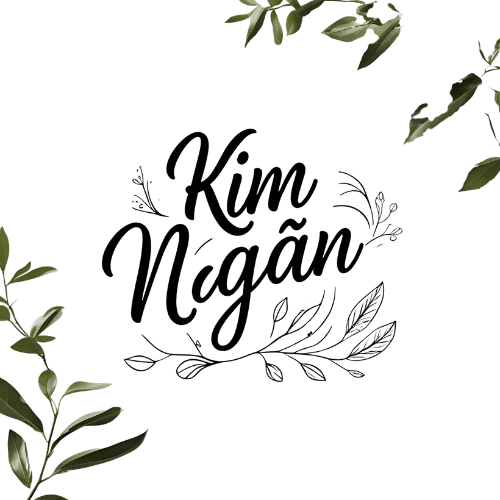Andong – Where Heritage Still Walks Beside the River
Andong – Where Heritage Still Walks Beside the River
“In Andong, tradition isn’t something framed or labeled. It moves — in wooden doorways, in slow footsteps on dirt roads, in the river’s gentle bend around a village that still remembers.”
🪵 Overview – Korea’s Cultural Heartbeat
Andong is where Korea remembers itself — not in performance, but in practice.
While Seoul builds upward and Busan looks outward, Andong looks inward. It’s quiet. Thoughtful. Honest.
Here, Confucian values still echo, hanok houses still breathe, and rituals still flow with the river.
It’s not a city of sights.
It’s a city of feelings — and of traditions that still walk beside you.
🏞️ Highlights – Where Time Didn’t Leave
Hahoe Folk Village – A living village with thatched roofs, ancestral homes, and winding paths by the Nakdong River
Byeongsanseowon Confucian Academy – Where philosophy once echoed into the mountains
Woryeonggyo Bridge – Lit softly at night, with legends in every footstep
Andong Mask Dance Park – Celebrate an ancient tradition that still smiles and moves
Dosan Seowon – The mind of Toegye Yi Hwang still lingers in the pavilions and pine trees
🧓 Culture & Way of Life
Andong is often called the soul of Korean Confucianism, and that shows — not in sermons, but in the everyday kindness, simplicity, and quiet pride of its people.
You’ll meet elders in hanbok tending to flower pots. Children practicing traditional dance. And local families still honoring rituals passed down for centuries.
📌 Tip: Visit early in the morning or near dusk — when the village paths are empty, and history speaks louder than tourists.
🍲 Must-Try Foods – Depth, Warmth, and Meaning
Andong Jjimdak – Braised chicken in soy sauce, glass noodles, and spice
Heotjesabap – A ceremonial rice dish once used in ancestral rites, now served with reverence
Salted mackerel (gan godeungeo) – Simple, smoky, timeless
Makgeolli with snacks – Best shared on a wooden porch at dusk
Traditional sweets & teas – Often handmade, never rushed
💡 Note: In Andong, food carries memory. It’s not fast — it’s felt.
🧭 Travel Tips – Unfold Slowly
Take the local bus to Hahoe — the journey is part of the story
Rent a hanbok if visiting folk villages — you’ll feel the setting differently
Plan for stillness — cafés are sparse, but benches under pine trees are plenty
Walk Woryeonggyo Bridge just before sunset — soft light, few words
Try a local guesthouse or hanok stay — modern hotels miss the point here
👘 What to Wear
Spring/Fall: Earth tones, scarf, comfortable shoes for unpaved paths
Summer: Light, airy hanbok or modest wear — shade is sacred
Winter: Wool coats, mittens, warm inner layers — it’s chilly, but beautiful
📌 Travel tip: Leave the flashy colors behind. Andong wears time, not trend.
📸 Photo Moments That Feel Like Memory
Morning mist over Hahoe Village, with roofs peeking through
Lanterns lining Woryeonggyo like soft footsteps
A child in hanbok walking beside an elder — generations in one frame
The open books of Dosan Seowon, resting beneath pine shadows
Tea cooling beside you in a wooden hanok room
📍 For the Soul-Seeking Traveler
Nakdong River Walkway – Still, winding, deeply reflective
Hahoe Mask Museum – Learn the smiles before you see them danced
Quiet altars near old trees – not listed on maps, but unforgettable
Seoak Seowon – Lesser-known, more intimate than its famous cousin
Any dirt path leading toward sunset – Let it guide you
🗓️ Suggested 2-Day Itinerary (Walk with Intention)
Day 1 – Foundation
Morning: Travel to Andong + breakfast by the river
Afternoon: Hahoe Village walk + Heotjesabap lunch
Evening: Cross Woryeonggyo Bridge at twilight
Day 2 – Meaning
Morning: Visit Dosan Seowon or Byeongsanseowon
Afternoon tea & journal in hanok stay
Optional: Attend Mask Dance performance (if in season)
❓ FAQ & Estimated Costs
Item Cost (USD)
Seoul–Andong train (KTX) ~$25–35
Bus to Hahoe Village (round) ~$2–4
Entry to folk village/museum ~$2–5
Traditional meal (full set) ~$10–15
Hanok guesthouse (1 night) ~$45–80
🕊 Andong doesn’t ask you to understand it.
It simply asks you to walk slowly — and notice.
Where stone meets silence.
Where history still breathes.
Where tradition… still walks beside the river.
🙏 Thank you for reading.
Next, we travel toward Korea’s spiritual mountains and cozy temples — where stories rise with morning fog.
🗺️ → Next up: Songnisan & Beopjusa – When Mountains Hold Their Breath
